#war history
Explore tagged Tumblr posts
Text

Wehrmacht solider and his cup of coffee on the Eastern Front.
#ww2#eastern front#german army#1940s#wwii#world war ii#world war 2#second world war#world war two#ww2 germany#german#soldier#wwii era#world#war#2#war history#world war#ii#tumbler#tumblr#coffee#photo#wars#wars history#photography#german history#ww2 history#history
270 notes
·
View notes
Text

The Odesa Opera and Ballet Theatre, Ukraine during the Nazi invasion and the russian invasion. X
#ukrainian history#vintage ukraine#russian invasion of ukraine#war in europe#ukraine#russia#odesa#german history#eastern front#war in ukraine#russian aggression#second world war#world war ii#war history#theatre
346 notes
·
View notes
Text

#mine . . ! ^ w ^#don’t steal ^ ^ !#m current hyperfixation 🙇🏻♀️♡#morute#sad bbydoll#sad bbydolls#ww2 history#sweetheart grips#sweet heart grips#dollcore#ᦏ♡᪔#the knife girl#rotting angel kitten#guns#girls with guns#war history#weapons#military weapons
77 notes
·
View notes
Text

83 years ago, Independence Day was celebrated in somewhat different circumstances.
Street fighting on Independence Day in -34 degree frost in Karhumäki, Eastern Karelia, on December 6, 1941.
A high price has been paid for Finland's independence. We must cherish and protect this heritage that has been left to us. Happy Independence Day! •••••••• 83 vuotta sitten itsenäisyyspäivää vietettiin hieman erilaisemmissa tunnelmissa.
Katutaistelua itsenäisyyspäivänä -34 asteen pakkasessa Itä-Karjalan Karhumäessä, 6.12.1941.
Itsenäisyydestä on maksettu kova hinta. Meidän tulee vaalia ja suojella tätä perintöä, joka meille on jätetty. Hyvää itsenäisyyspäivää! •••••••• [ sa-kuva | 66119 | T.Norjavirta ]
#wwii#worldwar2#colorizing#jhlcolorizing#finland#ww2history#wwii history#ww2photos#colourized#history#ww2 continuationwar#continuationwar#continuation war#jatkosota#second world war#world war 2#war#war history#historia#colourised#colorized
84 notes
·
View notes
Text

He fell in October 1918, on a day that was so quiet and still on the whole front, that the army report confined itself to the single sentence: All quiet on the Western Front.
[ painting by me; based off an older painting that I cannot find ]
#ww1#aqotwf#paul baumer#anti war#im westen nichts neues#all quiet on the western front#history#war history#illustration
71 notes
·
View notes
Text
Did you know that there is a European republic that bans entry to women and female animals, and until 2005 also banned entry to Catalan people?



This place is the Monastic Republic of Mount Athos, a theocratic autonomic republic in Greece. It's an Orthodox Christian religious centre that covers about 33,000 hectares and is inhabited by around 1,400 monks in 20 monasteries. In the 16th century, it had reached 30,000 monks in population, and right before the First World War it still had 9,000.
It was founded in the Early Middles Ages, and has been given autonomy since the times of the Byzantine Empire. Since the very beginning, in the year 1046, their laws have forbidden entry to any woman, child, and female animal with the only exception of egg-laying chicken, because they consider that women and female animals must be kept out to preserve the holiness of the site and to keep the male inhabitants away from temptation.
The reason for banning Catalans dates back to the Middle Ages, too. In 1303, the Byzantine Empire was being invaded by the Ottoman Turks. They needed help to fight against them, so the Byzantine emperor Andronikos II asked the Sicilian king for help. The Sicilian king sent him the Great Catalan Company, an army of 4,000 Catalan and Aragonese mercenaries (almogàvers) and 39 ships, led by the commander Roger de Flor. The Byzantine emperor already knew Roger de Flor, because Roger had served him when he was a Templar knight. Roger was a very respected and admired fighter with an impressive career, and he also spoke Greek. The emperor and Roger reached an agreement, Roger was nominated Megaduke and married to the emperor's niece, Mary of Bulgaria.
The Great Catalan Company was successful in their job: they fought off the Turks and gave all the land the Turks had recently taken back to the Byzantine Empire. But not everything went well: the Byzantine emperor did not pay the mercenaries what they were promised, and the mercenaries were cruel to the population. In 1305, the emperor's son Michael (co-regent of the empire) called all the mercenaries to Adrianopolis, bringing together 9,000 men of different origins. Even though last year Michael had refused to meet him, Roger de Flor went to pay homage to him again. This time, Michael welcomed him and invited him to a banquet with the leaders of the two other mercenary groups. During the banquet, following Michael's orders, the leader of the Alan mercenaries assassinated Roger de Flor and all the men who accompanied him, and dismembered Roger de Flor's body. It is said that Michael ordered exterminating all the members of the Catalan Company.
Obviously, this caused a scandal among the surviving Catalan-Aragonese troops. They answered this betrayal by declaring war against the Byzantine Empire, and sacked many parts of Greece, murdering and setting fire to many places they found on their way to Constantinoble. This terrible event became known as The Catalan Revenge. The revenge was particularly cruel against the rich monk communities, who the mercenaries brutally attacked to steal their riches and then set the monasteries on fire. The monks of Mount Athos say that the Catalan mercenaries burned 26 monks alive. The horrible revenge left a mark in the memory of Greek and Albanian people. In Albania, the word for "Catalan" became the word for "monster". Meanwhile, the theocratic government of Mount Athos banned any Catalan person from entering their territory.

Albanian book titled "Catalan", based on an Albanian folk story that depicts Catalans as monsters.
The mercenaries' cruelty only stopped when the influential Catalan doctor and intellectual Arnau de Vilanova and the Catalan king James II begged them to stop.
Mount Athos' law prohibiting Catalan people lasted for 700 years, until 2005. That year, the Government of Catalonia apologized for the events that their fellow countrymen did 700 years ago. The Catalan government paid 240,000€ for the reparation of a Mount Athos monument that had been destroyed by the mercenaries' revenge, and sent an embassy to Greece to have a reparation ceremony, which was welcomed by the Greek government, too. This way, the law was abolished.
Sources: UNESCO, National Geographic, newspapers from 2005.
#història#mount athos#greece#other countries#history#europe#catalonia#middle ages#medieval#travel#albania#byzantine empire#roger de flor#war history#anthropology#byzantine#greek history#byzantium#european history#military history
86 notes
·
View notes
Text
MARIE-THÉRÈSE FIGUEUR // SOLDIER
“She was a French soldier who fought in the French Revolutionary Wars and Napoleonic Wars. Unlike some female soldiers before the twentieth century, she did not disguise her gender when she enlisted, serving for twenty-two years under her own name in the French Revolutionary Army and the Grande Armée.”
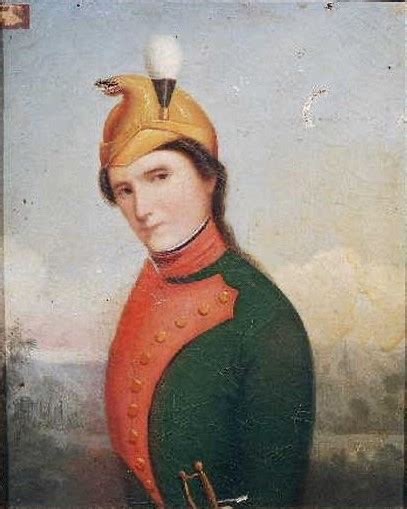
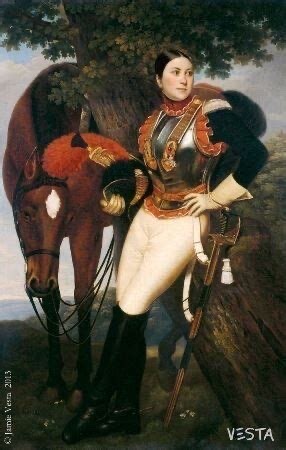
226 notes
·
View notes
Text




À Saumur septembre 2024, France
#saumur#military history#history#cavalry#french history#military aesthetic#19th century#1800s#1850s fashion#crimean war#war history#french reenactment#reenactment#reenactor#reconstitution historique#horses#horse and rider
73 notes
·
View notes
Text
when ur card declines at therapy so they play day after tomorrow by Tom Waits and force u to think about all of the men in early 20th century wars who had no idea what they were getting into only to leave a completely changed person or not even live to see themselves change
#hoping this is a universal experience#day after tomorrow#tom waits#wwii#wwi#band of brothers#the pacific#all quiet on the western front#1917#hacksaw ridge#saving private Ryan#hbo war#war history
148 notes
·
View notes
Text

Vietnam-era rifles used by the US military and allies. From top to bottom: M14, MAS 36, M16 (30 round magazine), AR-10, M16 (20 round magazine), M21, L1A1, M40, MAS 49.
#vietnam war#1960s#rifles#1970s#cold war#guns#weapons#assault rifle#gun#gun safety#guns and ammo#firearm#firearms#gunshot#barrel bore muzzle#Allies#m16#fn fal#5.56#5.56 nato#7.62x51mm#war history#arms#rifle trigger#museum#machine gun#sniper rifle#photography#tumblr#history
570 notes
·
View notes
Text

Ukrainian collective farmers dig anti-tank ditches for the Red Army during World War II.
September 1941
#ukrainian history#vintage ukraine#second world war#eastern front#ukraine#black and white#20th century#military history#war history#1941#operation barbarossa#1940s#women's history#september
60 notes
·
View notes
Text

#bombings#bomber#fighter bomber#bomberman#bomb#military planes#plane#aviation photography#aviation history#military aviation#aviation#military#aircraft#air force#us air force#usaf#fighter jet#fighter plane#us navy#propeller plane#propeller#ww2 america#ww2 aircraft#ww2 aviation#ww2 history#ww2#ww3#world war 3#wwii history#war history
33 notes
·
View notes
Text

Today marks the 85th anniversary of the outbreak of the Winter War.
Stalin had decided to conquer Finland in two weeks, but the Soviet parade march to Helsinki was halted by the icy death in Finland's winter forests.
The Winter War ended 105 days later, and the peace treaty was signed on March 12, 1940.
Without the incredible spirit of the Winter War and the selfless sacrifice of our veteran generation, Finland's independence would have been lost. •••••••• Talvisodan syttymisestä tulee tänään kuluneeksi 85 vuotta.
Stalin oli päättänyt valloittaa Suomen kahdessa viikossa, mutta Neuvostoliiton paraatimarssi Helsinkiin pysähtyi hyiseen kuolemaan Suomen talvisissa metsissä.
Suomen itsenäisyyden kannalta ratkaisevaa oli suomalaisten luja tahto puolustaa omaa maataan ja kansaansa. Miehet kantoivat vastuun puolustustaistelusta, mutta myös naisten rooli oli puolustuskyvyn kannalta merkittävä.
Kansakunnan kestävyyttä voimakkaasti koetellut talvisota päättyi 105 päivää myöhemmin. Raskas rauhansopimus allekirjoitettiin 12. maaliskuuta 1940, ja aseet vaikenivat seuraavana päivänä.
Ilman veteraanisukupolviemme ihmeellistä talvisodan henkeä ja kaiken uhraavaa panosta Suomen itsenäisyys olisi menetetty. •••••••• [ sa-kuva | 1738 | Talvisota väreissä ]
#wwii#worldwar2#wwii history#colourized#wwiihistory#history#colorizing#jhlcolorizing#finland#talvisota#winterwar#ww2 continuationwar#ww2history#ww2photos#ww2 worldwar2 wwii#ww2#sotahistoria#war history#second world war#world war 2#world war ii#war
102 notes
·
View notes
Text
scraps of art that i cant finish


33 notes
·
View notes
Text
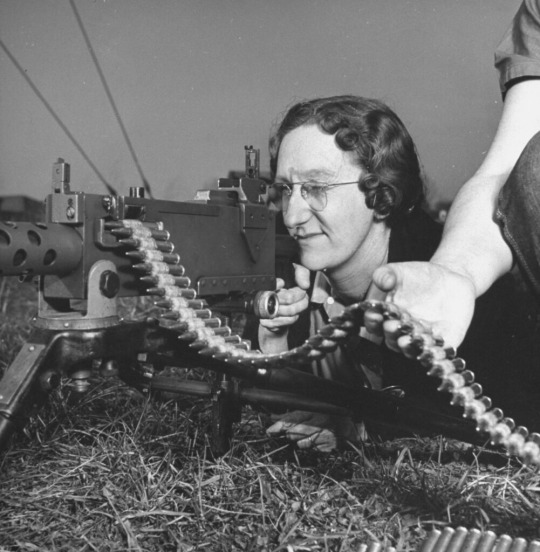

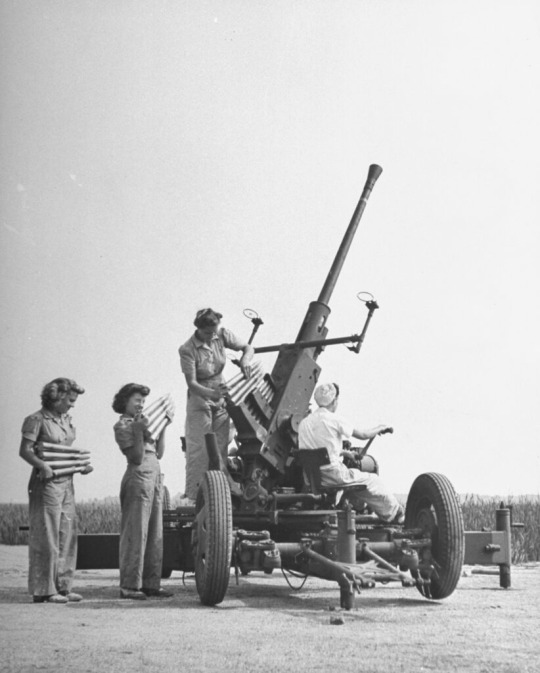
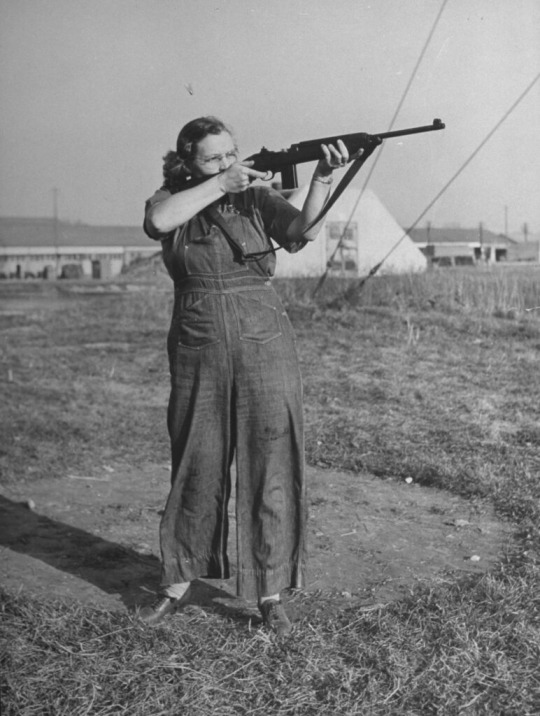

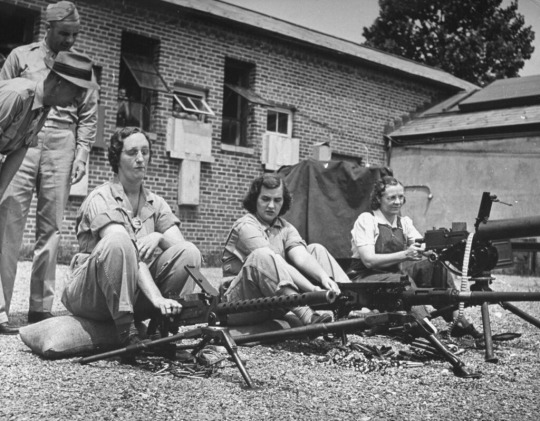

Women testing weapons at Aberdeen Proving Ground in Maryland, 1942.
Photographed by Bernard Hoffman and Myron Davis for the February 1, 1943 issue of LIFE Magazine.
"The women come from everywhere. Many have husbands in the Army. Others have husbands who also work at Aberdeen. They wear bright-colored slacks, and their ‘firing fronts’ are a rippling blend of pink, blue and orange, mixed with white and black powder from the guns. They serve on crews of all weapons up to the 90mm A.A.’s [anti-aircraft guns]. They handle highly technical instruments. They drive trucks, act as bicycle messengers, swab and clean vehicles."
#women#old photos#1940s#mine#feminism#life magazine#bernard hoffman#myron davis#women in history#artillery#guns#wwii#wwii history#historic photographs#vintage#history#world war ii#women in war#40s#world war 2#photography#old photography#black and white photography#b&w photography#war photography#war history#b&w#black and white
146 notes
·
View notes